Rwanda does not hide the fact that she is a coquette. From the moment you land at the Rwanda International Airport, Kigali, the irresistible mermaid which Rwanda lets loose on you, begins to openly seduce you, making salacious passes and daring you to resist her bewitching beauty. She does not pretend that she is seeking to take away your innocence. Without forewarning you, Kigali caresses your skin like an adulterous woman seeking a liaison, as if telling you to your face that her tender touch on your skin is a favour from her. In her eyes, you could see a voluptuous little lady, sure of her beauty and asking you, even without a word, to come have a bite of her irresistible beauty. Ah, Kigali is beautiful!
Her hilly and serpentine topography is one of your points of silent wonderment. Kigali and indeed the whole of Rwanda, is a city/country of hills, mountains, forests and lakes. She masterfully turned her disadvantaged valleys and hills into an aesthetic advantage. Peopled by about eight million inhabitants, this is the herd Rwanda squeezes into her meager 26,338 square kilometers geography. On its face value, with its fertile and rich land and climate that makes you think you are in Europe, Kigali appears like a contented bride just waiting for the groom to take her home and together, begin a journey into an enduring matrimony.
I am in Kigali as I write this and I am a lawful captive of the Angel. In my soliloquy on the enchanting wonderment of Kigali, I muttered that her mother should have named Kigali, Temptation. Her neatness is what at first arrests you. How could a woman be without blemish like Kigali? Her lawns are well paved; her automobiles queue in an orderly file and devoid of miasma of smoke that trails her colleagues in Lagos. On Kigali people’s faces is a happiness that makes you wonder if there was an aviation conspiracy to land you on a continent outside of the Africa that you proposed to travel. There are no potholes on Kigali roads, no intermittent encroachments of vulcanizers, booli sellers sitting by their smoky iron gauzes by the roadsides, nor makeshift kiosks flirting road sidewalks without a care in the world.
The Kigali greenery is something else. Trees are planted on the median and the roads are swept religiously, with sidewalks built into every road. My cabby puts an icing on the enchanting Kigali cake thus, “You drink and drive here and you are caught by the police, you pay 300,000 Rwandan Francs; you drive without license, you pay 25,000 Francs. If you are caught offering bribe, you go to jail,” he said in his barely communicating drawl. Later drives through Amahoro National Stadium, Kandt House Museum, Rwanda Parliament and the Nyarutama elite District confirmed the ravishing beauty of Kigali. Even inside the market, you couldn’t find the ubiquitous pure water sachets that are the synonyms of such markets in Nigeria and you are forced to ask whether the dirt of Kigali are on recess like Baal, the god of the Sidonians?
Advertisement
Kigali seems to be saying that she is little United States. Apart from giant companies that litter her bosom like Deloitte, Radison Blu and many others, Kigali also has what it calls Twin Towers and a magnificent dome-shaped Convention Centre. She does not, however, take her security for granted. As you enter any of her public places, you are frisked and searched for weapons, drugs or bombs. Kigali Airport’s security consciousness is about the most intense I have seen. It is almost a rule that you should be at the airport almost two hours to your flight. Right from the entrance, a rigorous sniff of your totality is engaged in by Kigali. Your car, up to its bonnet, is searched and you are made to deposit your luggage which is sniffed by dogs.
It however didn’t take long to discover that Kigali was the quintessence of what the Yoruba call f’aworaja. I cast a deep gaze at her, looking beyond her enchanting beauty and found a hidden pall of shadow cast over her adroit face. The pall of sorrow tears her life apart, constituting a bitter nightmare that frightens her whenever she relives the dreadful moment. Kigali was faking joy and happiness; she was a desirable woman whose beauty was a façade that covers her pains and groans. She advertises comfort without but inwardly, Kigali weeps and wails daily. It doesn’t take long for a liaison she had seduced by her beauty like me to find out that the woman I had fallen for her gazelle-like beauty was indeed an unhappy woman who had been serially raped, brutally assaulted and thrown by the roadside by a band of anarchists who were the suitors she gave her love and heart.
A visit to the Gisozi District of Kigali, to the Museum of Genocide, also called the Memorial Centre, which recently celebrated 25 years of pain, reveals all these. The Rwandan genocide, known to the rest of the world as the Genocide Against the Tutsi, you will recall, was a masterminded mass slaughter of the Tutsi, Twa as well as moderate Hutu tribes in Rwanda. Historians however said that similar genocide was carried out in 1959, shortly after the death of King Rudahigwa where thousands of Tutsi were killed. Between 1959 and 1972, over 700,000 Tutsi were said to have been exiled from Rwanda.
Advertisement
This latest genocide seared the carapace-bony conscience of the world between April 7 and July 15, 1994. It was equally known as the Rwandan Civil War. It was started by a campaign of hate where one Hassan Ngeze, in January, 1994 was quoted as saying, “We… say to the Inyenzi (cockroaches) that if they lift up their heads again, it will no longer be necessary to go fight the enemy in the bush. We will… start by eliminating the internal enemy… They will disappear.” The core Hutu political elite, who were occupiers of top governmental positions, openly called for the slaughter. One Ferdinand Nahimana, Director of a Radio Television called Libre des Mille Colines, was alleged to have used the radio, in connivance with members of government, to propagate hate against the Tutsi while Hassan Ngeze, editor of Kangura, was accused of using his newspaper for same purpose. My cabby confirmed historical narratives which claim that the genocide had been on the drawing board for at least a year before its final implementation. The assassination of Rwandan president, Major General Juvenal Habyarimana on April 6, 1994 is held to be the tinder that eventually set Rwanda ablaze.
Habyarimana was Rwanda’s second President and till date, the longest-serving in her history. From his taking over the reins of office in 1973, Habyarimana, nicknamed Kinyarwanda, meaning the Invincible One, was only dethroned by death in 1994. He was a renowned dictator who impoverished the Central African country and foisted a totalitarian regime on the country, reputedly scoring 99.97% and 99.98% of votes cast in the December 19, 1983, and December 19, 1988 elections respectively. Habyarimana was returning to Rwanda on April 6, 1994, in the company of the President of neighbouring Burundi, Cyprien Ntaryamira, when his plane was shot at near Kigali and, paradoxically, crashed into his own compound on its descent into the airport. He was alleged to have trained 1700 Interahamwe, militias. The following day of his assassination, soldiers and police took over the streets and dreaded Hutu militias began to execute Tutsi military and political leaders. Victims of the massacre were machetted to death and pointedly gunned down in villages across Rwanda, mostly by their Hutu neighbours and fellow villagers. The horrendous killings reverberated round the nooks and crannies of the globe. Bodies littered the streets and dogs ate the flesh of their owners, with many families totally wiped out. At the end of the day, it was estimated that there were at least 300,000 orphans and over 85,000 children who instantly became heads of their households.
“An estimated 1,000,000 people were massacred within the period of 100 days,” the young lady at the Museum tells me last Friday evening, hoisting her remarkable beauty as mask on a national pain. The killings translated into 10,000 each day, 400 each hour and seven each minute. “About 250 bones were eventually exhumed from all over Rwanda, moved to this museum and given mass burial.” After this eerie prologue at the Reception of the museum, I was shown a short video of the massacre containing tear-jerking recounts by children and relatives of the victims.
“When I think about it, it is like a bad dream… I go after visiting them and leave them there,” another young man who helplessly battled recalcitrant rheum and tears amid a shaky voice, began. “I was ten (years of age) then when it happened and after it, I can (could) no longer be a child.”
Advertisement
Another young man who had a pair of glasses on initially began confidently like a matador who had conquered the singeing agony of the memory. “I was 16 (years of age) and lived with my parents. My younger sister was eight and used to play with our neighbours…” he said. He couldn’t finish the sentence. A rain of tears burst out from the orifice of his eyes. He was forced to remove the glasses and dab the broken cistern of raindrops that welled uncontrollably down the ridges of his nostrils. When he eventually recommenced the unfinished sentences of his narratives, he told the story of how he was the lone survivor, all of his siblings and parents killed by their Hutu neighbours, persons they had known to be friends of decades.
The unprecedented scale of the genocide and the untrammeled brutality that laced the massacre caused shock waves worldwide. Horrendous footages that polluted the taste-buds of world leaders who saw bloated bodies in their hundreds on their television screens probably pushed them to act, but it rather late. My cabby, still in his passable English, delivered in a drawly Tutsi accent, said that Western nations like Belgium, France, who had earlier colonized Rwanda, as well as the United States, initially ignored the alarm that the genocide provoked in its wake. By the time the world was woken from its slumber and the Rwandan Patriotic Front (RPF) came on board to salvage the human ruins, about 70% of the Tutsi population was recorded to have been savagely sent to their Maker. Between 250,000 and half a million women were reportedly raped in a sexual violence unprecedented in history visited on Tutsi women, many of them being inflicted the sexual violence as a dessert to their eventual horrendous massacre. An estimated 250,000 to 500,000 women were said to have been raped during the genocide.
The Museum is an architectural masterpiece, buried deep down the valley of a mountainous cliff that the whole country, Rwanda is. Looking at the museum, it epitomizes burial. The light inside the museum is very dim, evoking a solemn ambience. You would suppose that the dead were right by your side. Inside the bowel of this valley are buried these 250,000 bones. The architects of the museum must have used the dark colour painting and even rug as an indication of the mourning of Rwanda. As you move from one section of the museum to the other, even if you are as unfeeling as to be capable of crushingly masticate the ugly head of a tortoise – as the Yoruba say – you would shed tears. A dark, Ethiopian-looking lady who pensively stared at one of the photographs containing decomposing hundreds of bodies hung on a wall who I met in the museum, could not restrict tears welling down her nostrils. For all you care, she might have her parents buried deep down inside the mausoleum.
According to one of the photographs which had heaps of bloated bodies stacked over one another, these particular victims had been massacred at a Gismba Orphanage. Another picture, according to the wordings beside it, contained the remains of an estimated 10,000 people murdered in a stadium where they had hidden for refuge. Bloodthirsty militias were said to have descended down the hills, killed them in their hundreds and later engaged in an orgy of baptizing one another with the blood of their victims. In an Nyanbuye, Kibungo church, convent and school, about 20,000 were said to have been massacred there, while at Ntarama, Bugesera, the elderly who fled into the church were killed by grenades were estimated to be in thousands. Many mass graves are said to remain undiscovered till today. At Amadini Church, heaps of decomposing bodies of those who hid in the church, hoping to get refuge, also assail the eyes. At St. Famille, Kigali, hundreds of fearful people crowded the church. Fr. Wenheslas pretended as if he was going to offer them protection. However, he openly collaborated with Hutu who massacred them. On the reverse was the case of Fr. Celestin Hakizimana who attempted to save many. At the end of the day, the International Criminal Tribunal for Rwanda (ICTR) was established which at the end of the day convicted 81 and acquitted one of them.
Advertisement
But, why did man reveal this bestial nature in him? The Hutu had a ten commandment, patterned – in the strictness of its observance – to the Ten Commandment of Moses. Published in 1990, it was full of hate, blood and death. One of the commandments is that, all Hutu must know that the Tutsi woman, wherever she may be, is serving the Tutsi. Any Hutu who “acquires a Tutsi wife, mistress, secretary or as a dependent” is a traitor who must be killed.
Inside one of the sections of the Museum are coffin-like encasements wherein bones of the victims were preserved. They were bones of children and apparently male and female of several sizes. At the skull section, you would see that many of the skulls bore cracks, indicative of their having been machetted to death. Skulls, femurs and other bones of the body were arranged in compartments. Clothes of the victims were also hung on walls as memorabilia. You had female wrappers, trousers, different pairs of shoes, belts, pants and track suits hung as painful reminders of how death stalked the land. Mothers watched their children killed, fathers did and children watched their parents massacred in their very before.
Advertisement
At the children section, a 10-year old Nteziryago, said “I ran like some sort of animal. I had to eat the twigs from the trees. I saw the corpses of my relatives on the hills. Sometimes, I would stumble upon someone who had been hit by a machete but who was still breathing.” Uwayijenga, a seven-year old has this as testimony: “A militiaman came up to kill me. I was astonished because he was a friend. He used to come to our house every day. He farmed my father’s fields and he received salary. My mother gave him food. We used to play with him and he was like a bother to us, even though we were not from the same family. I asked him why he wanted to kill me when I had done nothing to hurt him. I begged him to take pity on me. He said nothing but just hit me on the head with a machete. He had bits of woods in his hand which he stuck into my face. When he thought I was dead, I left.” Another, Rose, also ten-year old, said “Whenever I am in the market, in the midst of a large crowd, I always think I may find my brothers.” Beside the murdered children’s photographs was affixed: “Wasted Lives,” translated to read Abantu, Ibavukijwe and Ubuzima. A lady whose parents and brothers were killed, on whether he would forgive the killers, said: “I cannot forgive; forgiveness comes from God, I am not God. My children and grandchildren will at least have a better life (than) me whose life has been destroyed.”
As I walked out of the museum, head bowed and crestfallen at man’s inhumanity to man, my cabby came out of the car and pointed at the gravesides, “My mummy, five uncles and cousins are there.” I saw bloodshot eyes. I bowed my head as the cabby navigated the hilly city. I was aghast. No one can visit the Genocide Museum without being touched by the unprecedented bestiality. I instantly remembered home and how, ostensibly unwittingly, President Muhammadu Buhari’s hyper-promotion of his Fulani stock at the expense of other tribes in Nigeria, bears similitude to President Habyarimana’s; how Nasir el-Rufai’s glorification of the Fulani “pure blood” can only lead to a Kigali and how, many of us, in our underscore of the ascendancy of our tribes and the relegation of others’, are only clearing the bushy path to Kigali for Nigeria. We should all come to Kigali and see the outcome of hate preachments and projection of the ascendancy of a tribe over another.
Advertisement
The White world openly advertised its disdain for the Blackman at these gory killings in Rwanda, submitting that blacks were animals in human skins. How could the blacks be so animalistic? However, barely a year after Rwanda, Bosnia erupted in an internecine. The war crimes perpetrated in Rwanda later paled into insignificance compared to the bitter fighting, indiscriminate killings, ethnic cleansing and mass rape perpetrated by the Serb. It was then that it occurred to the White racists that animalism, the type portrayed by William Golding’s Lord of the Flies, is colour and race-blind.
What strikes me most is the swift way the Paul Kigame government that came on board later not only succeeded in wiping away the people’s tears but in reintegrating Tutsi and Hutu again, up to the point that hatred has almost disappeared from the land. His memorialization of the dead is also commendable. At the Memorial Park’s library where I went to purchase books on the genocide, an elderly friend off-handedly asked the attendant if she were Hutu or Tutsi. Offended but papering over it with a genial smile, she had said, “I won’t tell you that; it is even a crime for you to ask me.” Same reply came from my cabby and virtually everyone I spoke with in Kigali. Indeed, Rwanda today has two public holidays for the mourning of the genocide victims. It also went a step forward to codify it into an Act that revisionism of the genocide is a criminal offence.
Advertisement
I was curious to know how Kigali, the outwardly beautiful woman, tries to dud her pains. Car Wash, a Night Club in the heart of Kigali, someone said, is where the 25-year agony is drowned. Off to Car Wash, I went. Paradoxically, Kigali, here, embarks on a fanciful flight after the pleasure of the same flesh that hate massacred on her laps in multiple of thousands. Here, abetted by dim light and local alcohol brands of different surnames like Primus, Skol, Mutzig and Virunga, which are momentarily made Siamese to grilled lamb, steak fish and assorted objects of delectable chew, young girls wriggle their rumps to titillate men who lace their backsides with crisp Rwandan Francs. Car Wash is Rwanda’s creative cloning of Sodom and Gomorrah where you could pick girls for a few thousands of Francs as if you were picking rams from their tether
As I picked my bag, heading out of Kigali on a flight to Kamembe, Rwandan border town, en-route Bukavu, Democratic Republic of Congo (DRC), my own hatred for Kigali suddenly came back. On Friday last week, I had suddenly found out that my envelope containing $803, my all on the trip, had vamoosed. I was hysterical. I searched everywhere in the hotel, to no avail. I rushed to the Kigali Sports Club where I had attempted a game of squash but which couldn’t materialize due to my inability to communicate either in French or the local language with the female attendant. Did she see the envelope? No hope. Donations by some senior friends rescued me from being stranded. I remembered my cabby and his words reverberated in my mind. Where was the clean society Kagame was trying to carve out of the old hate-filled Rwanda? Was my money pilfered or it fell off and someone picked it? How could Kigali treat me like this, her most recent lover, who had fallen in love with her unblemished, sultry figure and sweetness?
Views expressed by contributors are strictly personal and not of TheCable.
1 comments

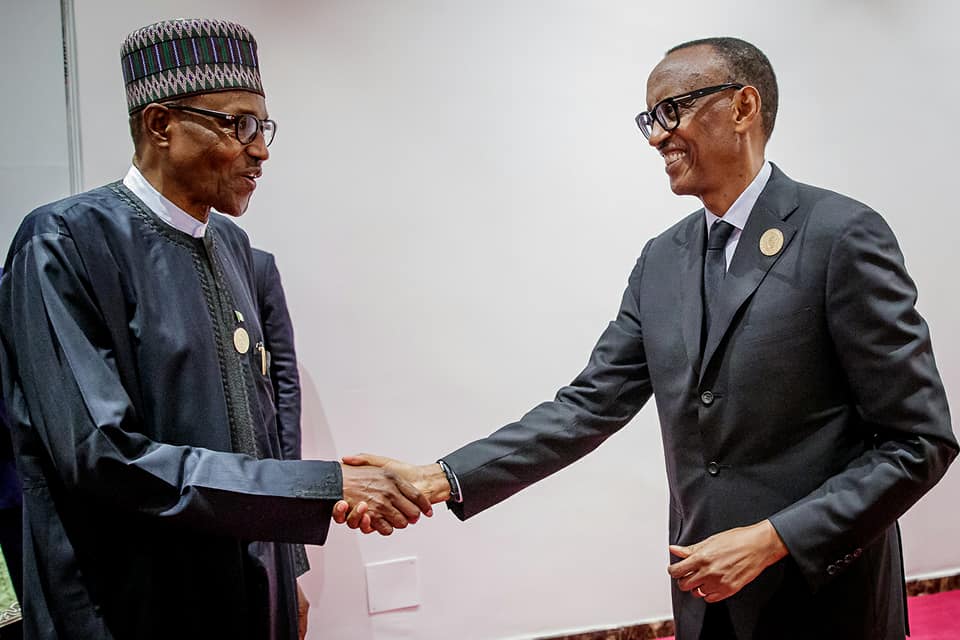

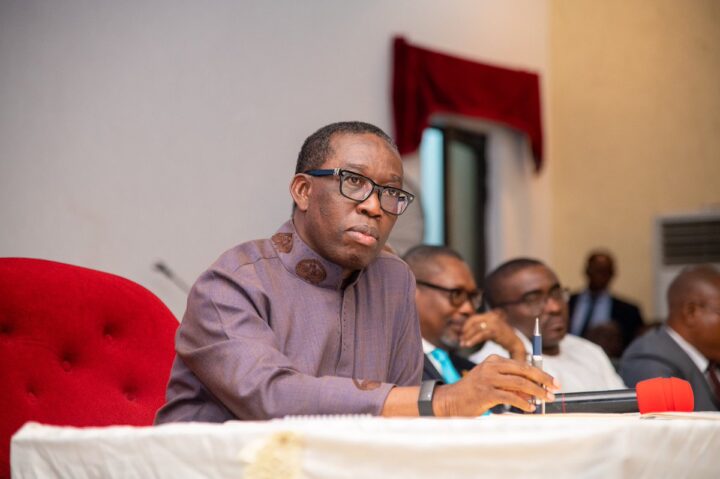
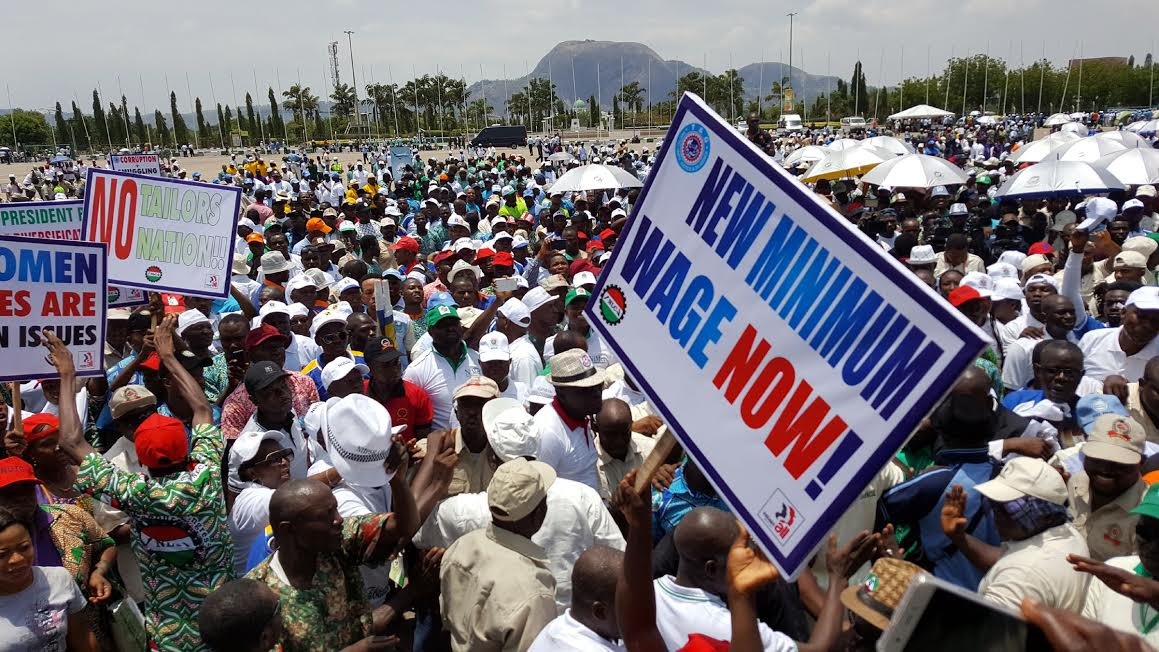
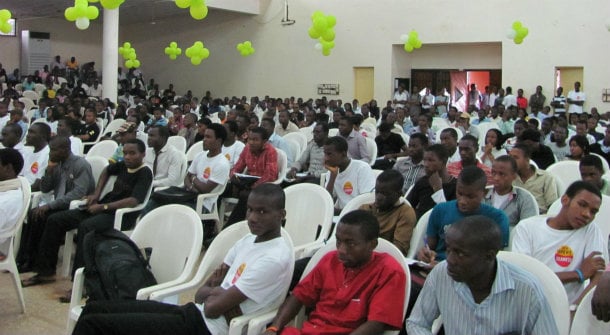
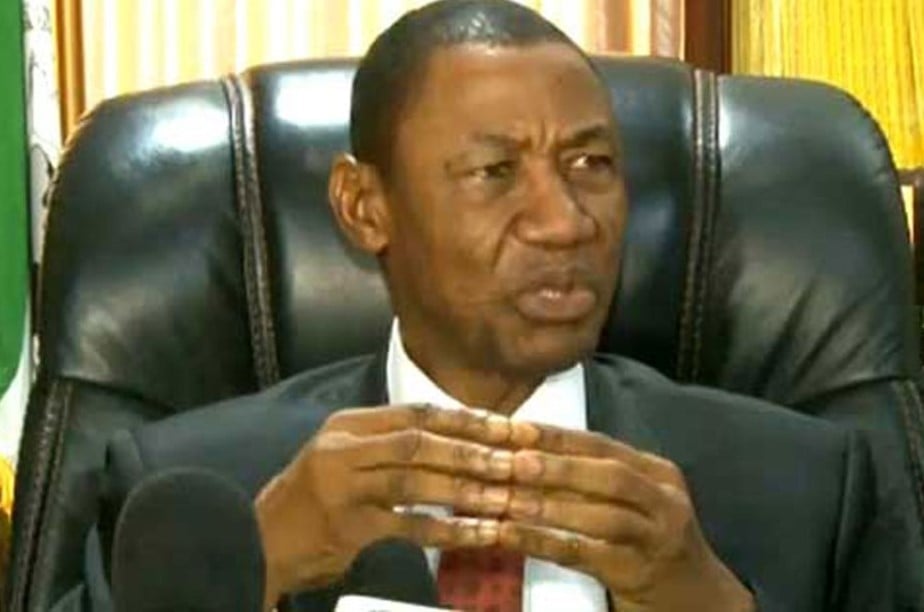
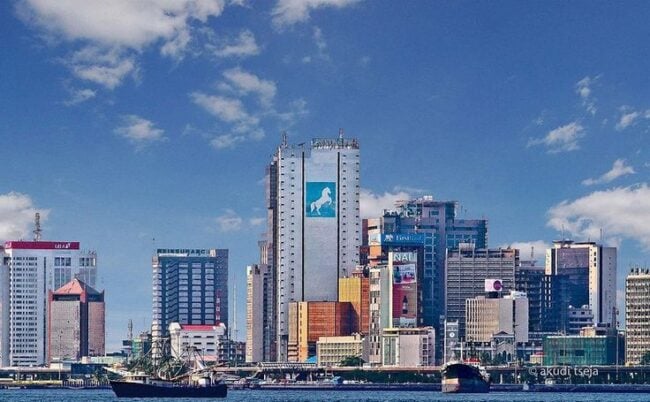
I enjoyed reading your visit to Rwanda. You almost ruined it for me by pointing to some leaders in Nigeria and your reservation about them. The Rwanda experience can happen in any environment though they may seem peaceful at the moment. Those who live in societies peopled by others of different colours, faiths, and ethnic backgrounds will attest to some kind of fuse waiting to be lit. The authorities just happen to put lid on it. Thank God for that!